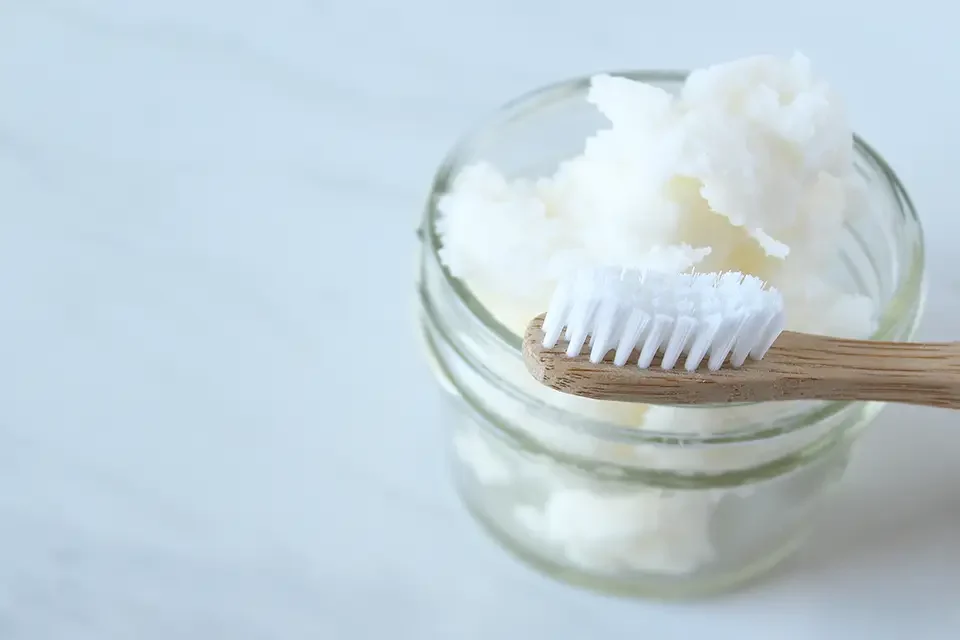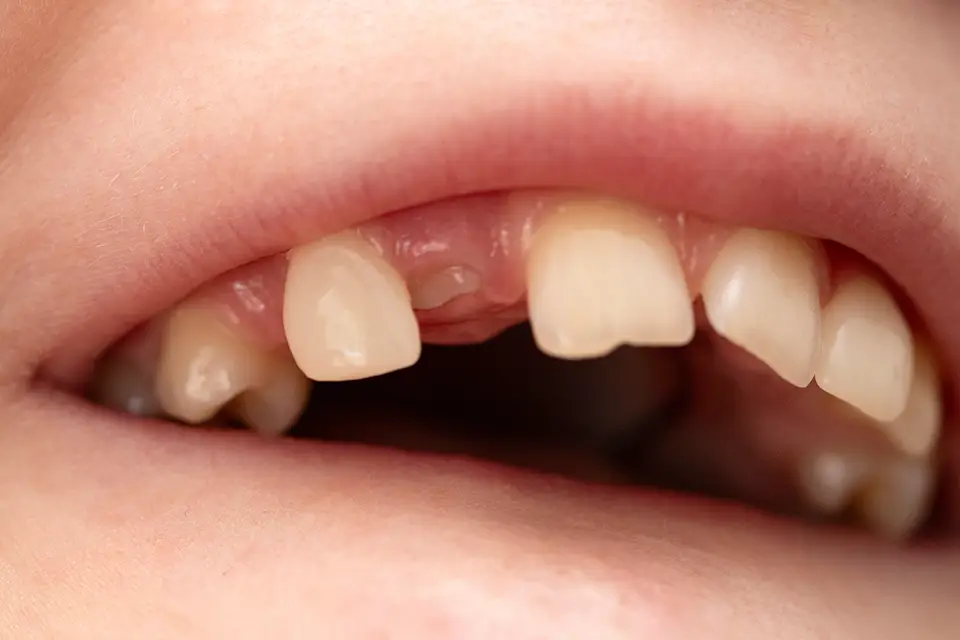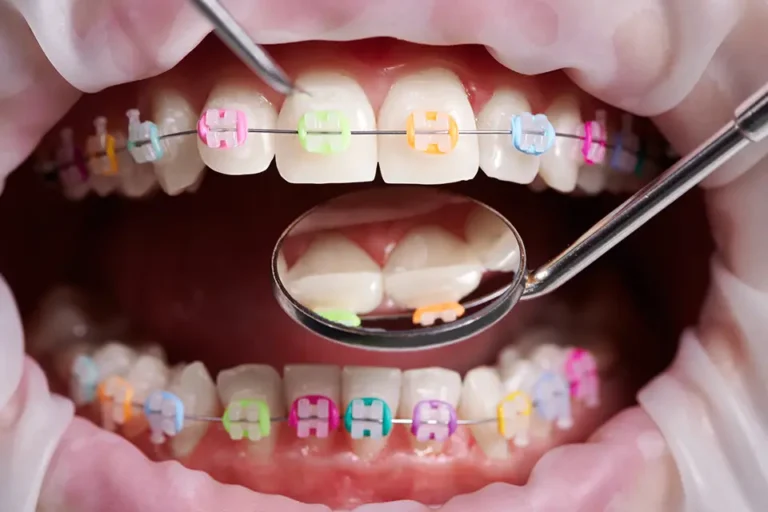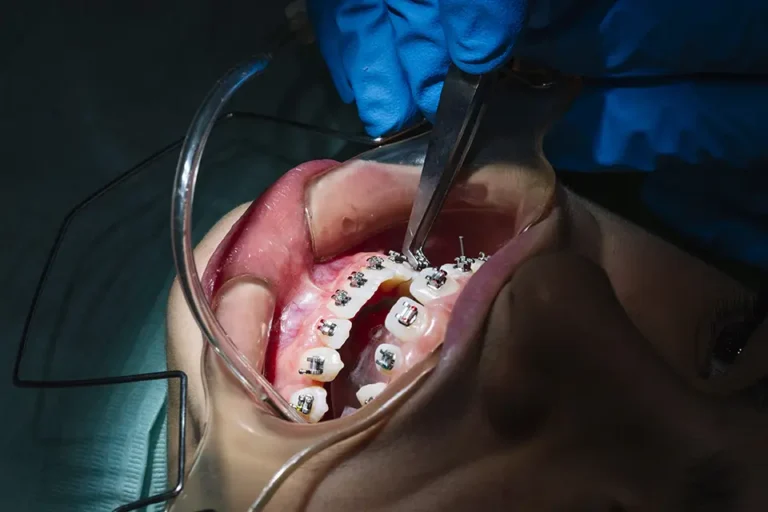Zara Dental in Houston, Texas, focuses on providing the most up-to-date and effective dental care solutions while prioritizing patient comfort and well-being. Our goal is to provide personalized dental services that address each patient’s needs, from advanced teeth whitening treatments to preventive care. Coconut oil teeth whitening is a popular natural solution that we are frequently asked about because of its organic and holistic approach.
Coconut oil’s use in oral care has roots in an ancient Ayurvedic practice known as oil pulling. This method entails swishing oil in the mouth for 15 to 20 minutes to eliminate toxins and promote oral health. Over time, oil pulling, particularly with coconut oil, became known for its additional benefits. Moreover, these include reducing plaque and gingivitis and teeth whitening.
Coconut oil has gained popularity due to its teeth-whitening properties, but it is essential to understand its limitations. While many people report that using coconut oil makes their teeth brighter, scientific research on its direct effectiveness for whitening is still inconclusive. Coconut oil is well-known for its antibacterial properties, which can boost oral health and sometimes result in a cleaner, brighter smile. Professional dental treatments, on the other hand, may provide more significant whitening results.
How to Use Coconut Oil for Teeth Whitening
Step-by-Step Guide
- Choose high-quality, organic coconut oil: Ensure the oil is free of additives and chemicals.
- Scoop one tablespoon of coconut oil: This is the recommended amount for a standard oil-pulling session.
- Swish for 10-20 minutes: Gently swish the oil around your mouth, ensuring it reaches every corner. Avoid swallowing the oil.
- Spit out the oil: After swishing, spit the oil into a trash can (not the sink because it can clog pipes).
- Rinse your mouth: Follow up with water to remove any remaining oil residue.
- Brush your teeth: Finally, brush your teeth as you usually would.
How Frequently Should You Whiten Your Teeth?
Practice oil pulling with coconut oil 3-4 times weekly to see noticeable results. However, consistency is essential, and the results may differ depending on your oral health and dietary habits.
What Are the Benefits of Coconut Oil Teeth Whitening?
Natural and Gentle Teeth Whitening Method
Coconut oil offers a gentle, chemical-free method of teeth whitening, which may appeal to those who prefer natural products. It does not contain harsh ingredients that may irritate sensitive gums or enamel.
Antibacterial and Antifungal Properties
Coconut oil contains lauric acid, which has antibacterial and antifungal properties. Regular oil pulling with coconut oil can help reduce harmful bacteria in the mouth, potentially leading to whiter teeth and better oral health.
Helps Reduce Plaque and Gingivitis
Coconut oil pulling can also help reduce plaque buildup, a common cause of gingivitis. Healthy gums promote oral health and can indirectly influence the brightness of your smile.
Can Improve Overall Oral Health
Coconut oil has the potential to enhance oral hygiene by promoting healthier gums and fresher breath, in addition to its teeth whitening benefits. Moreover, regular use can help reduce the risk of cavities and gum disease, resulting in a healthier smile.
Is It Safe to Whiten Your Teeth With Coconut Oil?
Coconut oil pulling is generally safe for most people, mainly when used in moderation. However, it is critical to understand any limitations or warnings.

Who Should Avoid Using Coconut Oil for Teeth Whitening?
Individuals with coconut allergies or sensitive gag reflexes should avoid using coconut oil for pulling. Additionally, those with existing oral health issues such as cavities, infections, or gum disease should see a dentist before beginning any new oral care routine, including oil pulling.
What Are the Precautions for Coconut Oil Teeth Whitening?
- Do not swallow the oil: Swallowing the oil may lead to ingesting the bacteria it’s meant to remove.
- Do not spit into sinks: Coconut oil can solidify and clog pipes, so spit it into the trash.
- Avoid overuse: While coconut oil is natural, excessive use may cause an imbalance in oral bacteria or exacerbate existing conditions if not monitored.
Frequently Asked Questions About Coconut Oil Teeth Whitening
How Often Should I Practice Coconut Oil Pulling for Teeth Whitening?
ItOil pulling should be performed 3-4 times a week for optimal results without causing irritation or imbalance in oral bacteria.
Can I Use Any Type of Coconut Oil for Teeth Whitening?
Choose organic, cold-pressed coconut oil, free of chemicals and additives that could harm oral health.
How Long Does It Take to See Results With Coconut Oil Teeth Whitening?
Results can vary, but most people notice a difference after a few weeks of consistent use, particularly in improved oral hygiene.
Can Coconut Oil Teeth Whitening Help With Sensitive Teeth?
Coconut oil is known for its gentle properties, making it an excellent choice for people with sensitive teeth who cannot tolerate harsher whitening products.
Can I Combine Coconut Oil Teeth Whitening With Other Whitening Products?
Yes, coconut oil pulling can be used alongside other whitening treatments, but it is best to consult your dentist to avoid any potential interactions.
Coconut oil teeth whitening is a natural and gentle way to brighten your smile while improving oral health. While it may not produce dramatic results like professional treatments, its overall health benefits make it an essential addition to your oral care routine. Furthermore, if you’re interested in natural teeth-whitening methods or need professional advice, schedule a consultation at Zara Dental in Houston, Texas, and let our team help you achieve your ideal smile. Contact us today!







